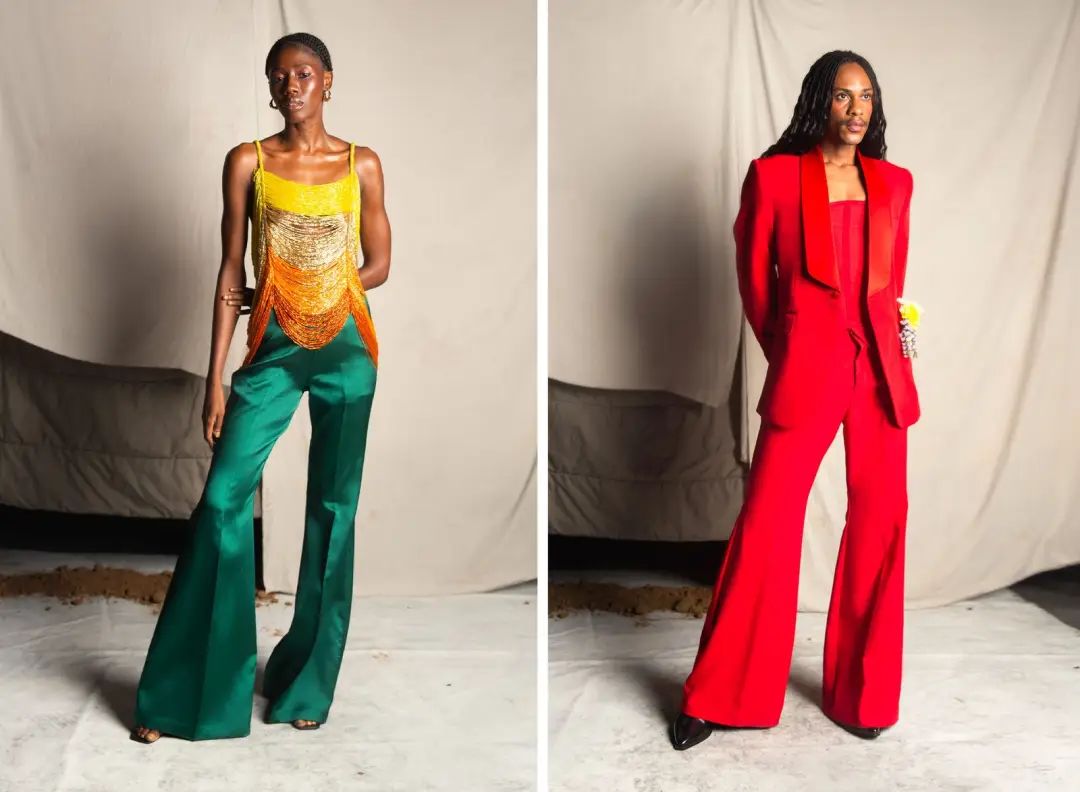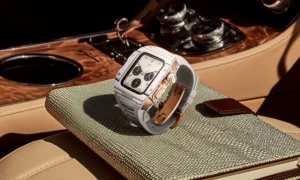2023 is the year of the official recovery of the global tourism industry. This year, we saw Europe's largest luxury brands keen to bring audiences around the world to emerging markets: from Christian Dior's early autumn collection in Mumbai, India, to Chanel's 2023 Métiers d'Art collection in Tokyo, Japan, brands not only have the opportunity to attract new customers and expand their retail scale, but also support the development of local community crafts.

Chanel hosts the 2023 Métiers d'Art series in Tokyo, Japan Photograph: Chanel
A recent report by management consultancy Bain and the Alta Gama Association of Italian luxury goods shows that the global luxury market is expected to grow by 11% to 13% to € 1.5 trillion billion in 2023 as brands focus on experience and achieve sales growth in most geo-markets.
However, Fflur Roberts, head of luxury goods at Euromonitor International (Euromonitor International), said that developed economies such as the United States stagnated in 2023, and China, another important luxury market, continued to face macroeconomic headwinds.
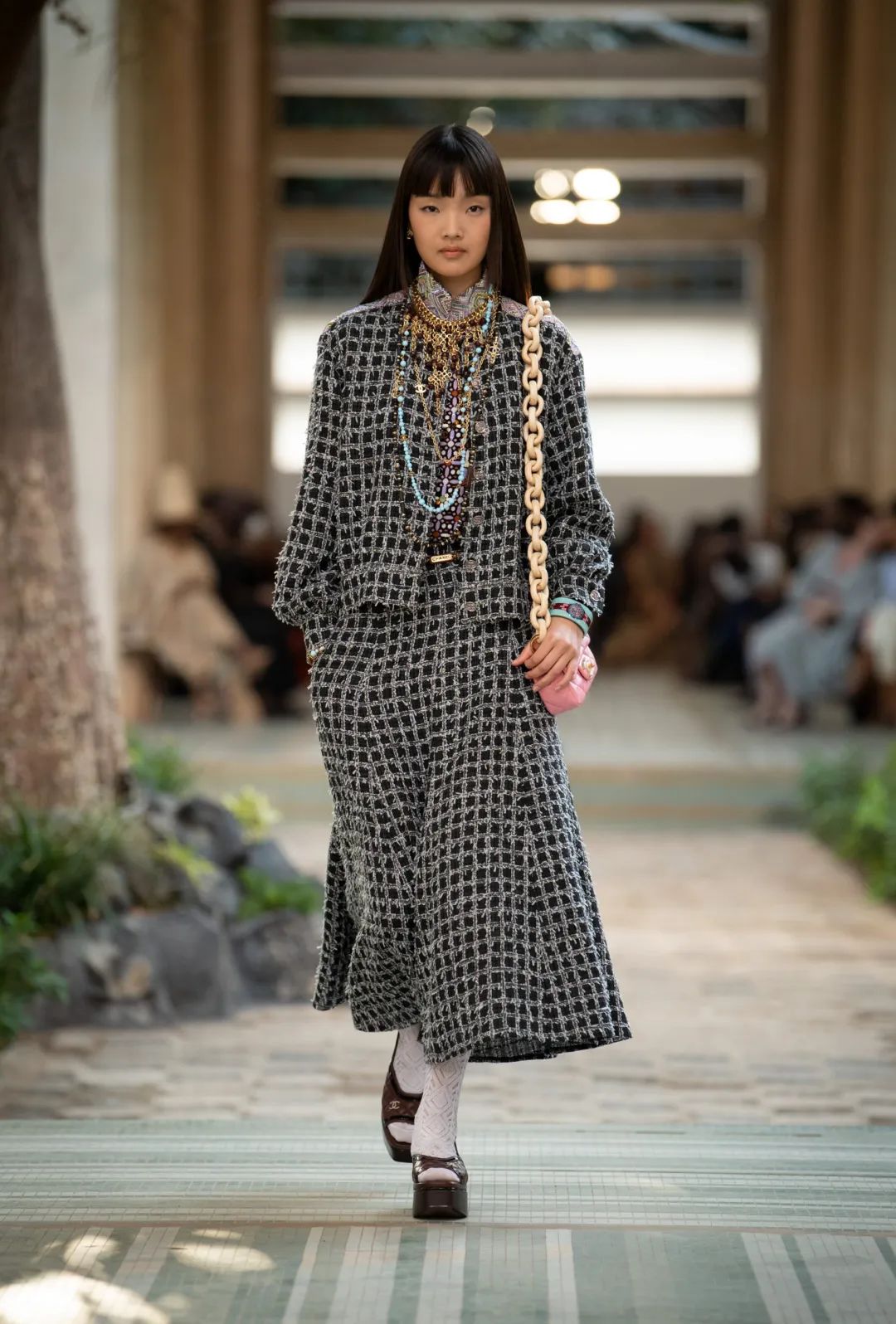
The Christian Dior Early Autumn 2023 Show takes place in Mumbai, India. Photograph: Indranil Mukherjee/ AFP
As a result, the high-end giants are looking for growth in emerging markets. “Despite inflation concerns in emerging regions, many leading luxury brands have been vying for growth opportunities in these markets, with Latin America (especially Mexico), the Middle East (especially Saudi Arabia) and Asia (especially India and the Philippines) particularly notable,” Roberts said. This is because these regions offer huge opportunities, benefiting from untapped per capita potential, increased disposable income and overall wealth expansion-especially among young consumers.”
Today's VOGUE Business provides a detailed analysis of the four emerging markets that the luxury industry will focus on in 2023, as well as forecasts for their development in the coming year.
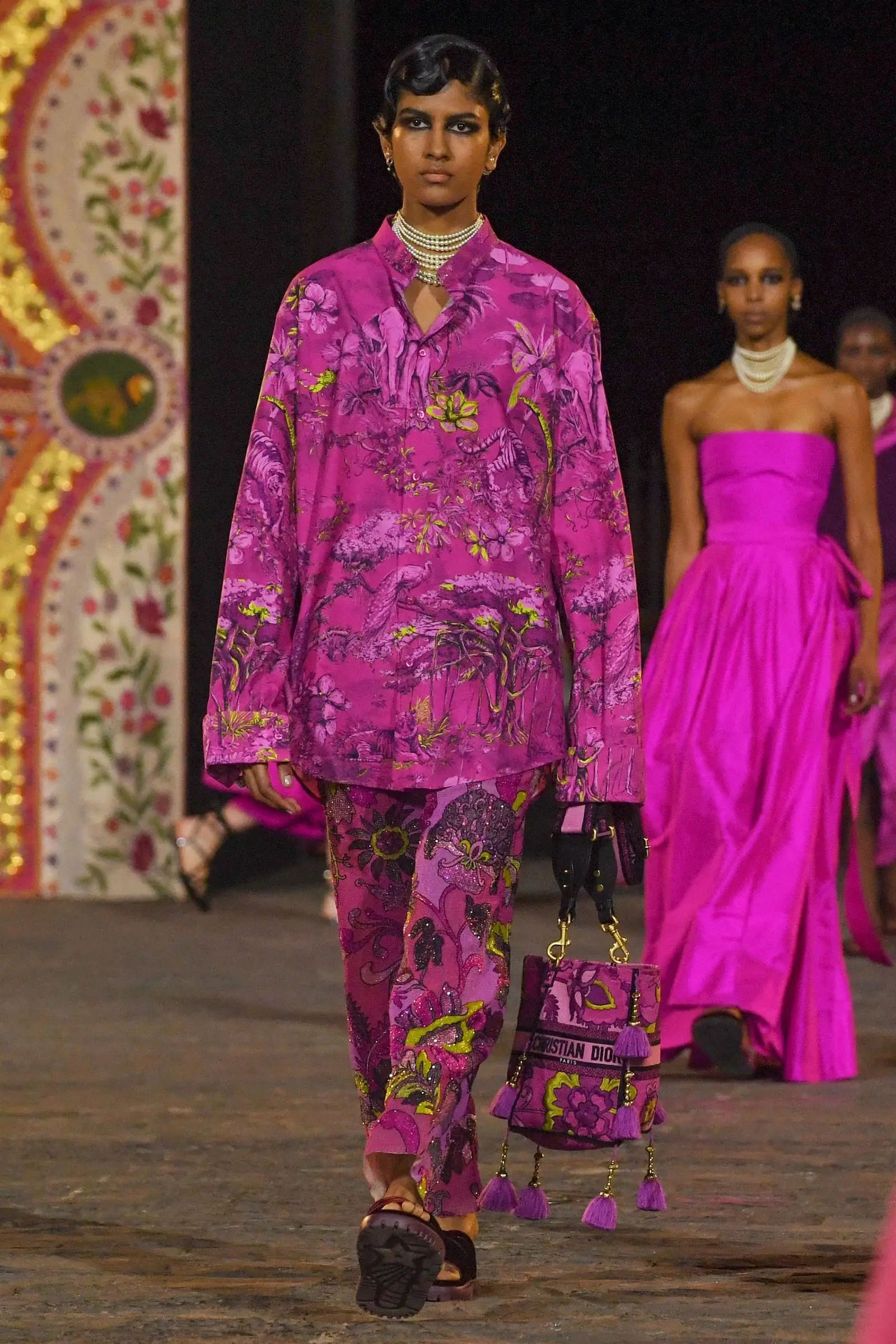
# Strong attraction in the Middle East
Although the situation in the Middle East is always unstable, the region is still an important destination for luxury brands (especially the GCC countries, including the UAE, Saudi Arabia, Bahrain, Oman, Kuwait and Qatar).
Analysts pointed out that the Middle East has a relatively young population and a large proportion of high net worth individuals (HNWI), and the region is expected to continue to generate strong growth in 2024. According to Euromonitor International, the market in the Middle East and Africa is expected to reach $47.1 billion and grow by around 15% to reach $54.7 billion in 2024.
The UAE remains the leading fashion center in the Middle East. The area is known for its large expatriate population and super wealthy shoppers, which is a very attractive combination for luxury goods keen to target consumers with high spending power and fashion savvy. According to Euromonitor International, the number of millionaires in the UAE will more than double from 2021 to 2030, reaching 127,000.

The UAE remains a major fashion center in the Middle East. Photo by Pexels
Earlier this year, Venezuelan designer Carolina Herrera presented her spring/summer 2024 and holiday collections during Dubai Fashion Week (DFW). Carolina Herrera creative director Wes Gordon told VOGUE Business that Dubai has always been an important city for the brand. Gordon added that the wider industry has an opportunity to recognize the nuances of the emerging fashion landscape, as there is a “misconception” that consumers in the region are only inclined to evening wear.
Other international brands such as Jil Sander and Paris brand Weinsanto were also featured during DFW. In October last year, Tapestry's Michael Kors also announced that it would hold its first fashion show outside of New York in Dubai; last month, Turkish streetwear brand Les Benjamins announced plans to expand its retail business in the Middle East, with the United Arab Emirates and Saudi Arabia being the top priorities.
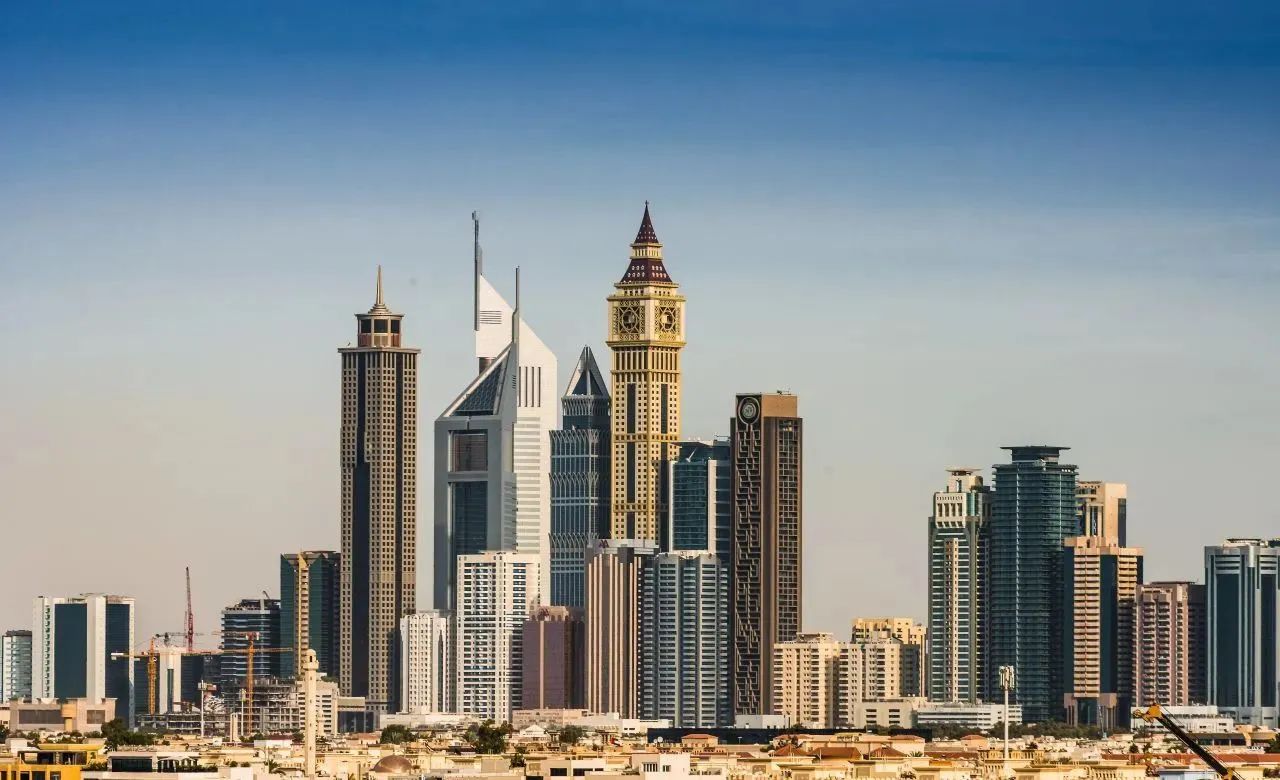
The Paris brand Pressiat was unveiled at Dubai Fashion Week in March. Photograph: Karim Sahib/AFP
Another emerging hotspot in the region is Saudi Arabia, which is the second largest fashion market in the GCC, according to Bain. In Saudi Arabia, where more than half of the population is aged 30 and under, the number of HNI is currently 1.5 times that of the UAE and is expected to double in the next five years. Analysts and experts say this market is rapidly accelerating as the government tries to reduce its heavy reliance on oil production and turn its attention to other industries, including fashion. The government is incentivizing international investment by improving tax credits, streamlining the visa application process and providing assistance to businesses.
Similar to neighbouring UAE, international heavyweights such as Chanel, Dior and Tiffany have taken hold in the market. But with the implementation of the new government's strategy, Saudi Arabia is expected to attract more luxury brands.
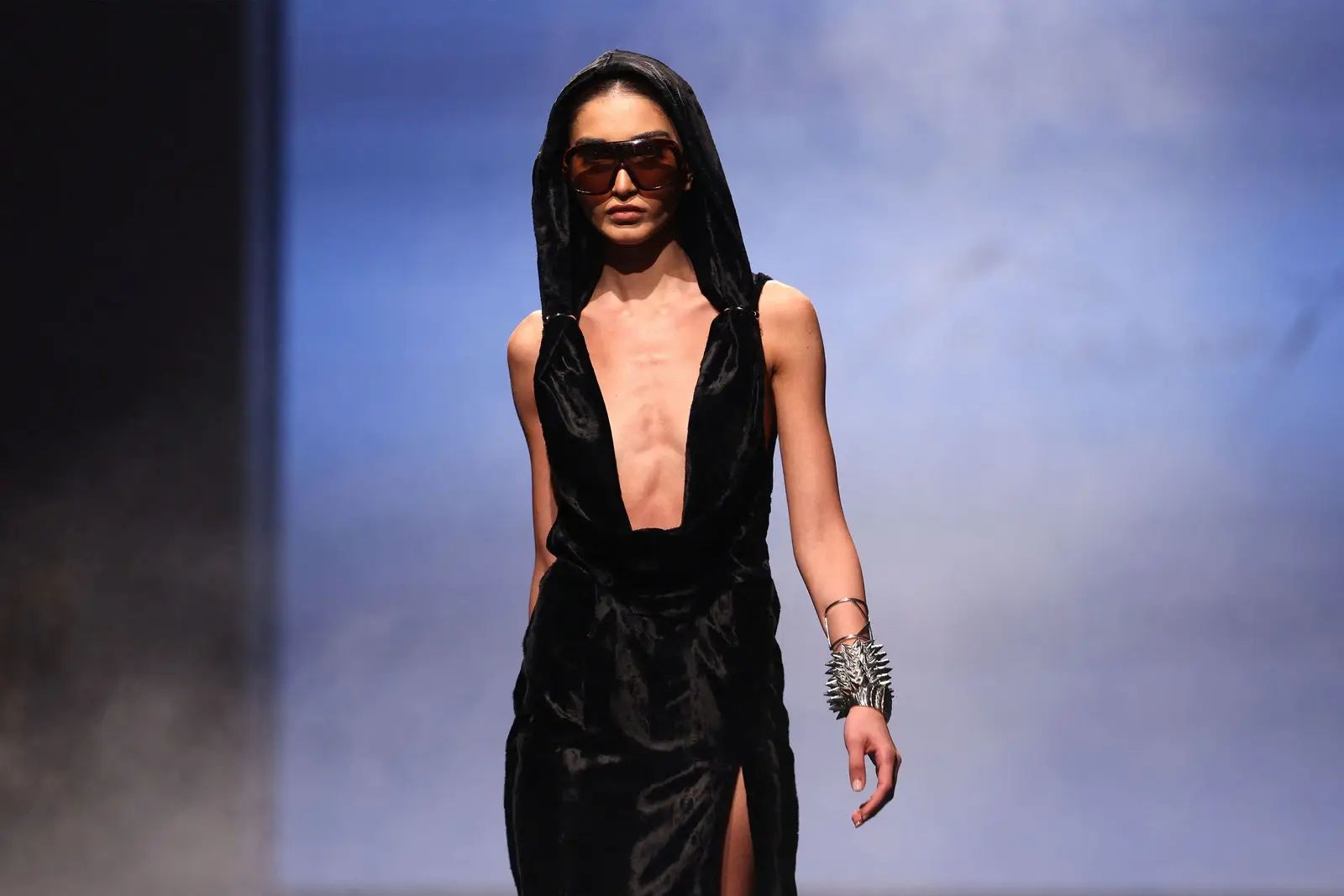
Source: Design Middle East
“With government incentives for large-scale investment, the macroeconomic environment [in Saudi Arabia] is conducive to long-term growth, with lower levels of inflation and more stable GDP growth compared to other regions,” said Federica Levato, Senior Partner and EMEA Fashion and Fashion Industry Leader.
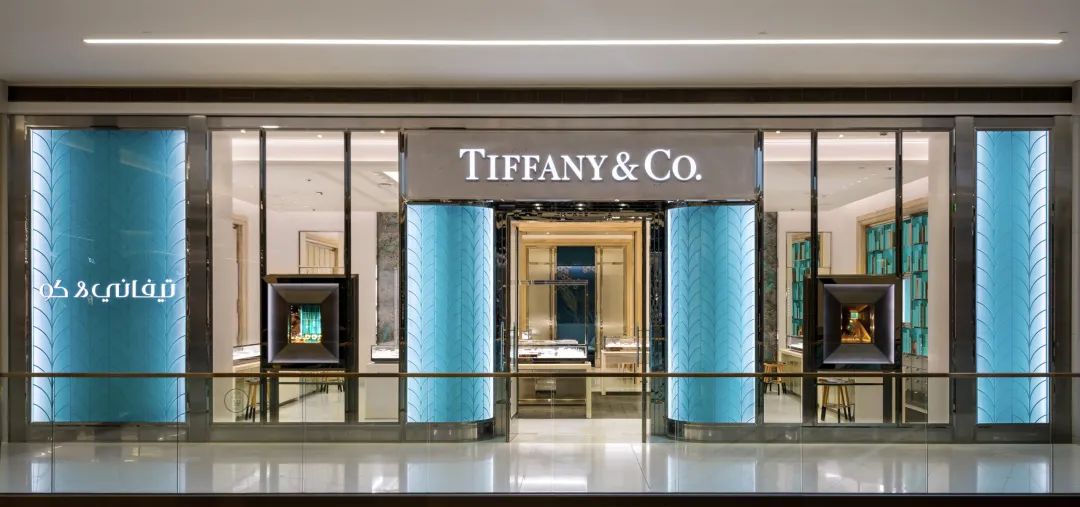
# Growth Opportunities in Southeast Asia
The slowdown in markets such as South Korea and mainland China highlights the economic boost in Southeast Asia.
As highlighted in a recent report by VOGUE Business, the region has experienced sustained growth since 1991, with the strongest markets including Thailand, Vietnam, Singapore, Malaysia, Indonesia and the Philippines-a region expected to grow 4.8 percent by 2024, according to Bain & Company. The management consultancy also pointed out that Thailand is leading the growth in Southeast Asia due to the expanding local consumer base, tourism in neighboring Asian countries and the increase in foreign investment.
According to Euromonitor International, the Thai luxury market is expected to reach about $13 billion by 2024, up from $10 billion this year-which is attracting luxury brands that are forging new partnerships with Thai online influencers and celebrities in an effort to build cultural relevance in Thailand and Asia more broadly.

Thai actress and singer Davika Hoorne has been named the face of Gucci Photograph: Gucci
At Paris Fashion Week's main fashion show, Thai actors, Internet influencers and celebrities appeared in the front row of the show, including actor Metawin Opas-iamkajorn (aka Win), who sat in the front row at the Prada menswear show in June, and Thai actress and singer Davika Hoorne, who appeared in the front row at the Gucci (Gucci) early spring holiday show in Seoul last May.
Others have also been appointed as brand ambassadors: Nattawin Wattanagitiphat (Apo), who rose to prominence for the TV series “KinnPorsche:The Series La Forte,” was appointed Dior Ambassador in June, as was Thai actor Phakphum Romsaithong (aka Mile). Thai singer and member of South Korea pop band Got7 BamBam attends the Louis Vuitton SS24 menswear show in Paris this summer.
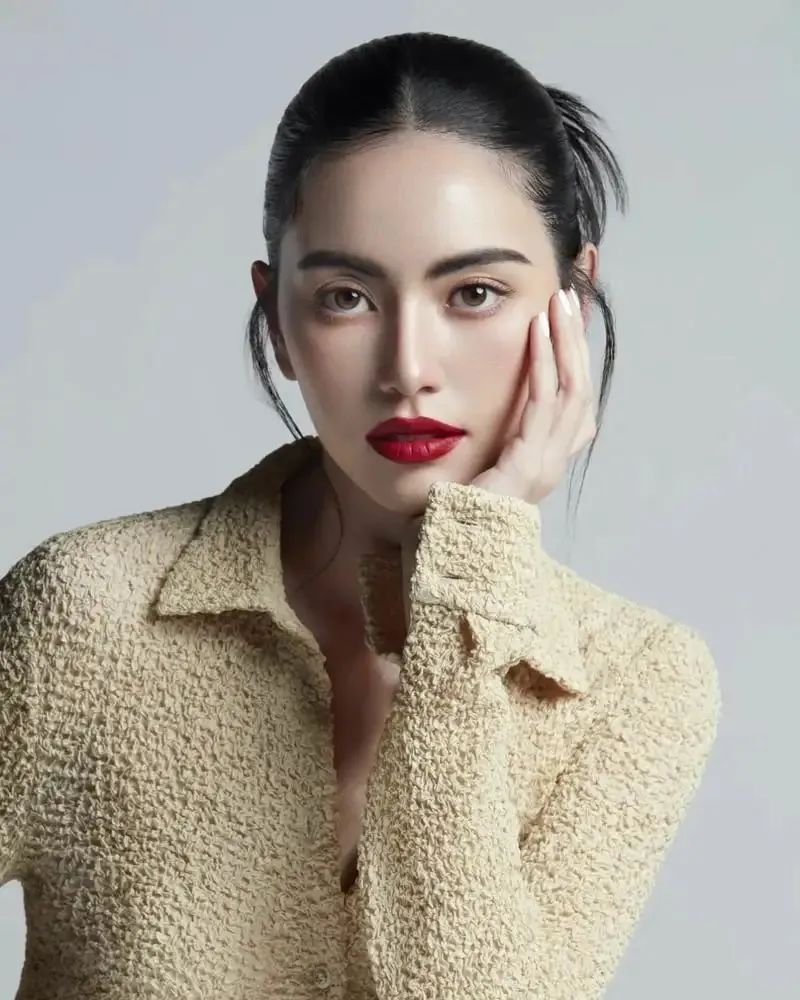
Krit Amnuaydeckhorn also known as PP Krit, on the Miu Miu SS23 women's show in Paris. Thai actor Bright Vachirawit at the Burberry Seongsu Rose pop-up event in Seoul, South Korea. Photograph: Jacopo Raule/Getty Images
Luxury brands are hoping actors and celebrities will drive social media buzz during the spring/summer 2024 fashion season. Actors Wattanagitiphat and Romsaithong, who signed up as Dior's ambassador last June, contributed 24% ($10.5 million) and 17% ($7.6 million), respectively, to Dior's EMV (winning media value). In contrast, Jisoo, the ambassador of South Korea pop band Blackpink, contributed 26% of the brand's total EMV, or $11.5 million. Karla Otto's annual data report predicts that Thai drama will become a key casting strategy in 2023 and is expected to follow a similar trajectory to South Korea popular music. This trend is likely to continue until 2024.
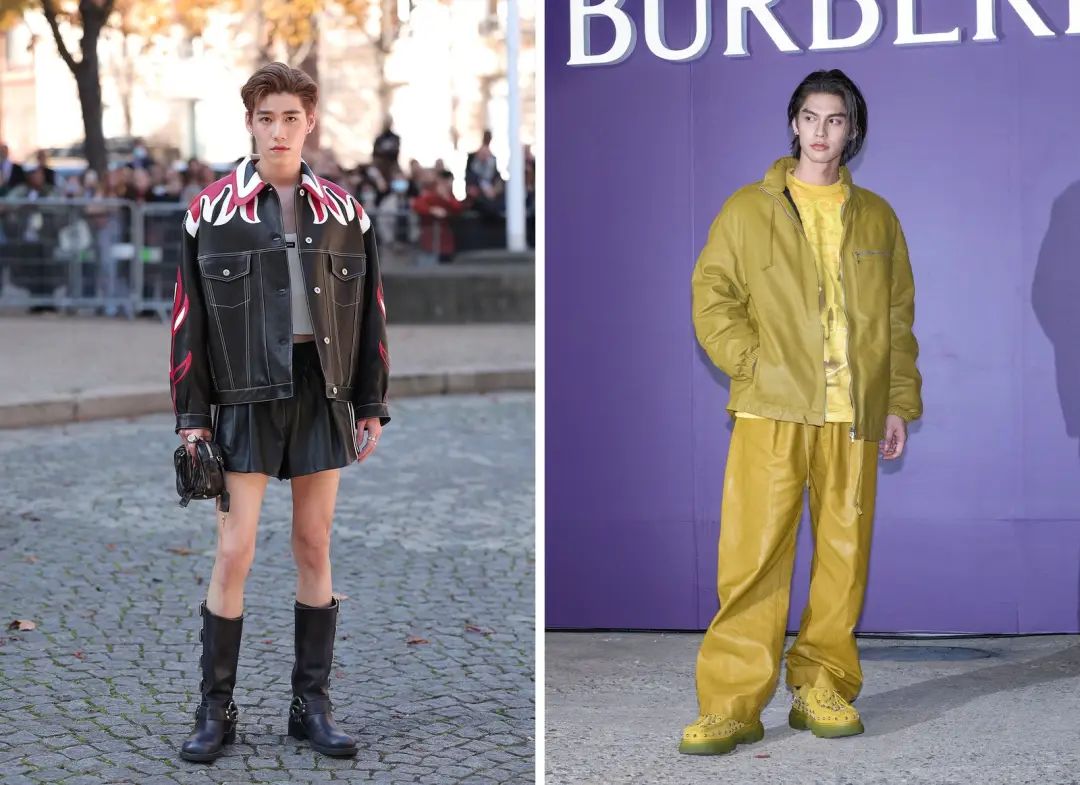
Actors Wattanagitiphat and Romsaithong, who signed up as Dior's ambassador last June, contributed 24% ($10.5 million) and 17% ($7.6 million), respectively, to Dior's EMV (winning media value). Photo by: Dior
Vietnam and Singapore are also important and growing markets. According to Euromonitor International, the luxury market in Singapore is expected to reach US $9 billion this year and increase to US $11.1 billion in 2024. Vietnam's luxury market is expected to see similar growth: data from market research firm BMI shows that the value of Vietnam's luxury market is expected to reach 0.957 billion billion pounds by 2023 and is expected to grow at an annual rate of 3.3 percent until 2028.
Luxury giants have begun to expand their retail footprint in both countries. Last July, Vietnam's multi-brand luxury retailer Runway opened its largest flagship store in Ho Chi Minh City, offering a broad portfolio of brands including Chanel, Rick Owens and Self-Portrait. Hermes, Tory Burch and South Korea streetwear brand ADLV also opened stores in the city. Ralph Lauren opened the first local cafe in Singapore's Marina Bay Sands in July last year, while Swiss luxury watchmaker Richard Mille opened its largest flagship store in October last year.
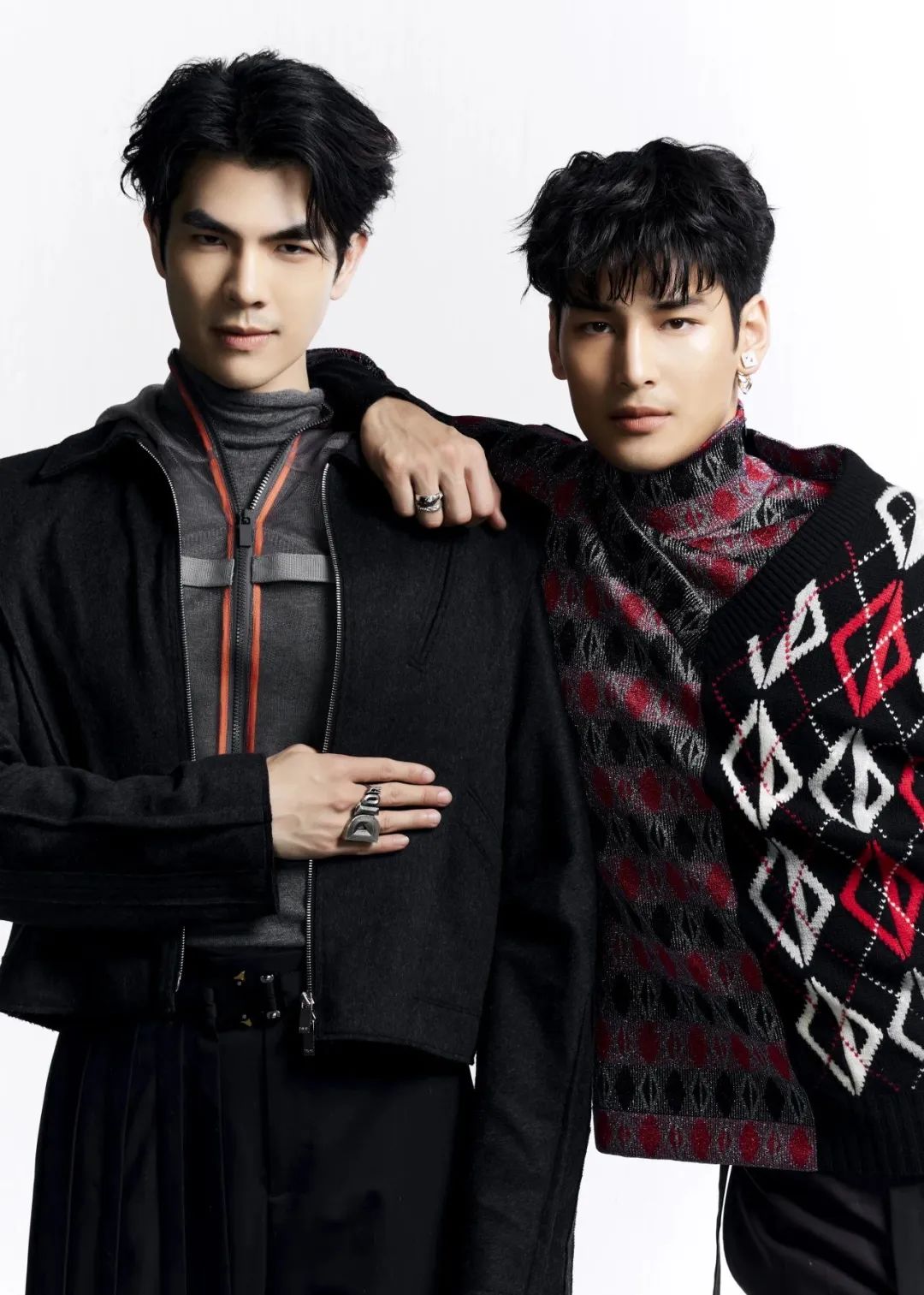
Swiss luxury watchmaker Richard Mille opened its largest flagship store in Singapore last October. Photo by: Richard Mille
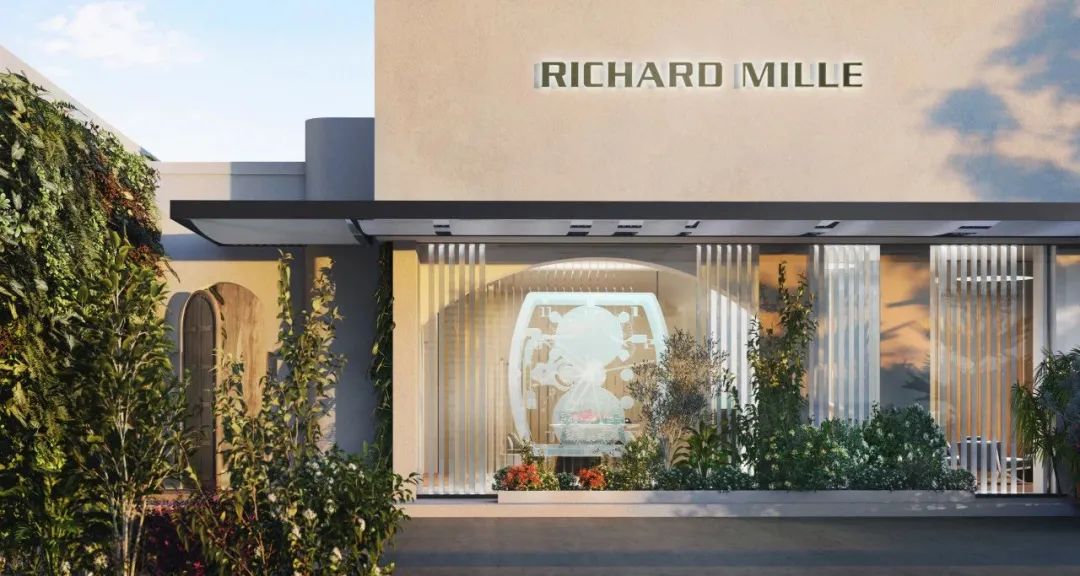
# India continues to consolidate its position
2023 is the “mature” moment for the Indian luxury industry, which was marked by Dior's 2023 early autumn fashion show in Mumbai last March.
A recent report by Bain & Company said the region is set to “become a magnet for Western brands” with growing interest in luxury goods from local customers, with numerous brands looking to tap into the country's young affluent population. About 1.66 million people in India are expected to have a net worth of more than $1 million by 2027, making it an attractive destination for premium brands.

Indian actress and producer Anushka Sharma and Indian cricketer Virat Kohli show at Dior in March. Photograph: Lodovico Colli di Felizzano/Getty Images
Indian tycoon Mukesh Ambani, chairman and managing director of Reliance Industries Group, unveiled a luxury shopping mall in Mumbai last November, home to brands such as Balenciaga, Gucci and Louis Vuitton. Also last month, SMCP, the French owner of brands such as Sandro and Maje, signed a deal with Reliance to enter India, becoming part of a growing list of European brands opening stores in the region.
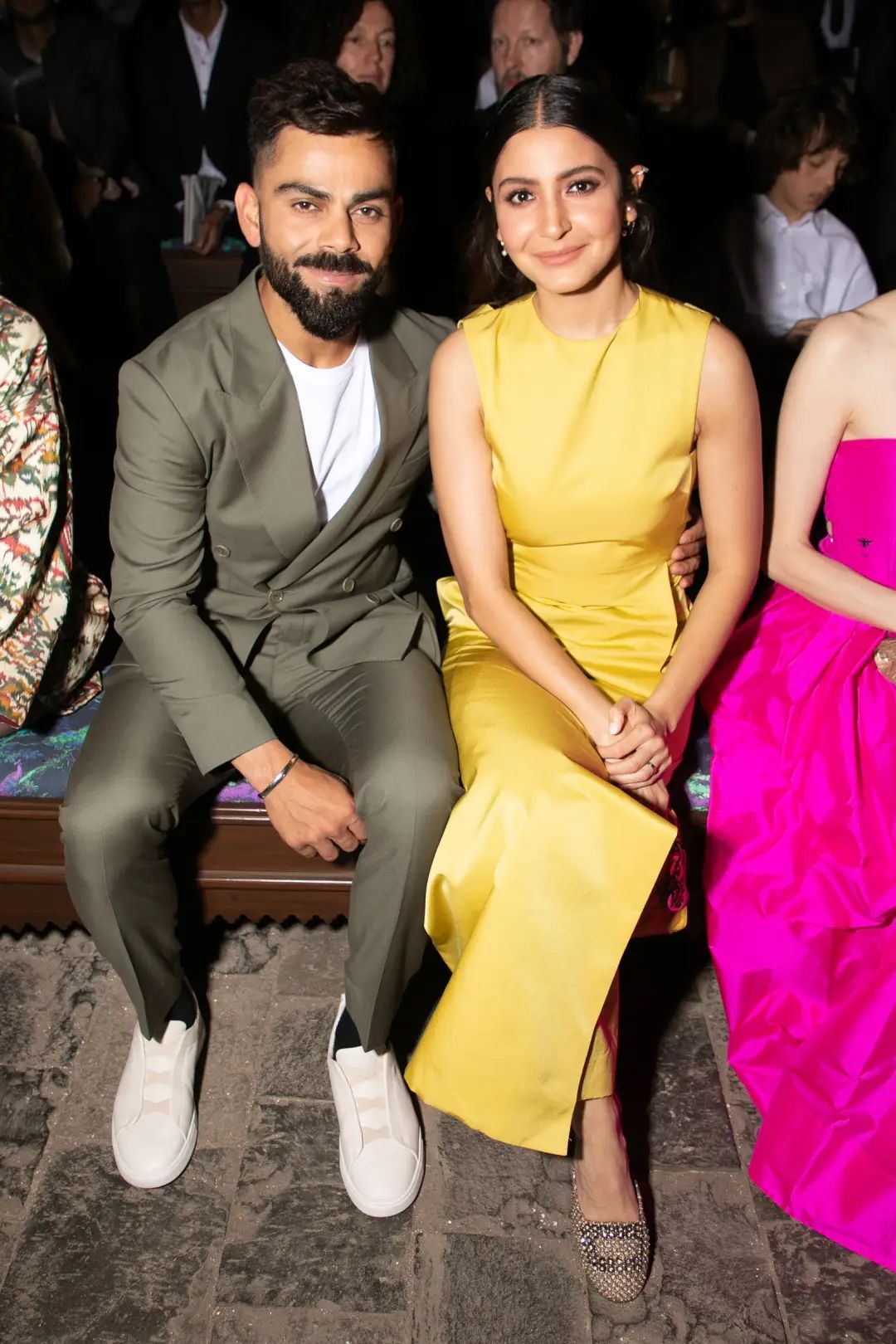
Photo by Jio World Plaza
In addition to the booming luxury fashion landscape, India is consolidating its position as a beauty hotspot, with emerging brands rooted in Ayurvedic practices particularly thriving. Mergers and acquisitions (M & A) activity has increased, with the involvement of multinational conglomerates such Companies Esteé Lauder, Puig and L'Oréal. LVMH's Sephora has partnered with Reliance to help run the beauty giant's stores across the country and tap into the fast-growing beauty and cosmetics market.
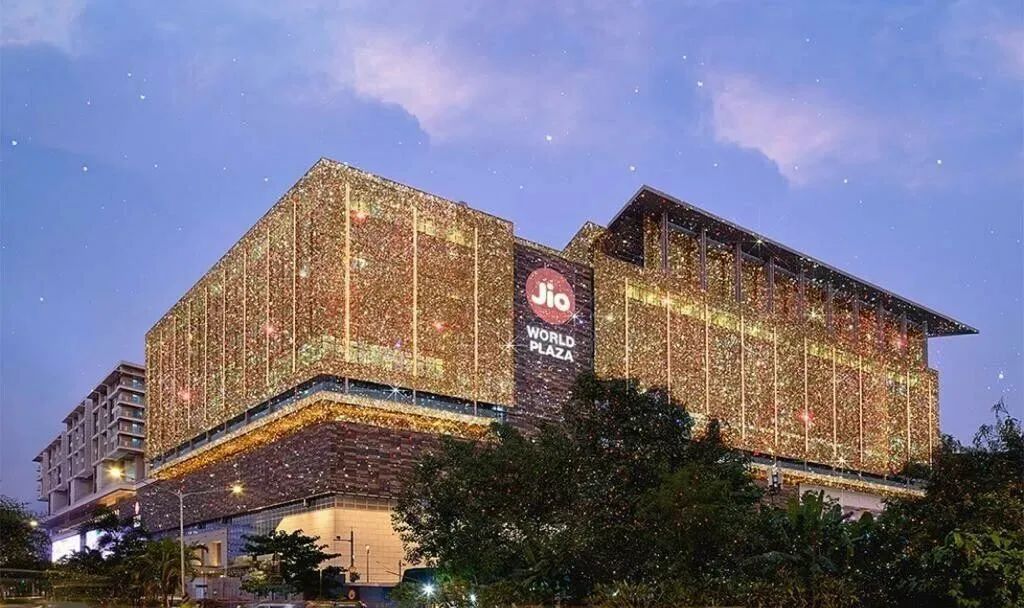
LVMH's Sephora has partnered with Reliance to help run the beauty giant's stores across the country and tap into the fast-growing beauty and cosmetics market. Image source: BOF
According to Euromonitor International, despite a slowdown in M & A activity compared to 2022, the Indian beauty market is still expected to reach $17.4 billion billion by 2025. L'Oréal's CEO Nicolas Hieronimus said at the company's annual earnings conference in 2022 that 40 percent of L'Oréal's growth came from “high-potential” emerging countries such as India, Mexico and Brazil.
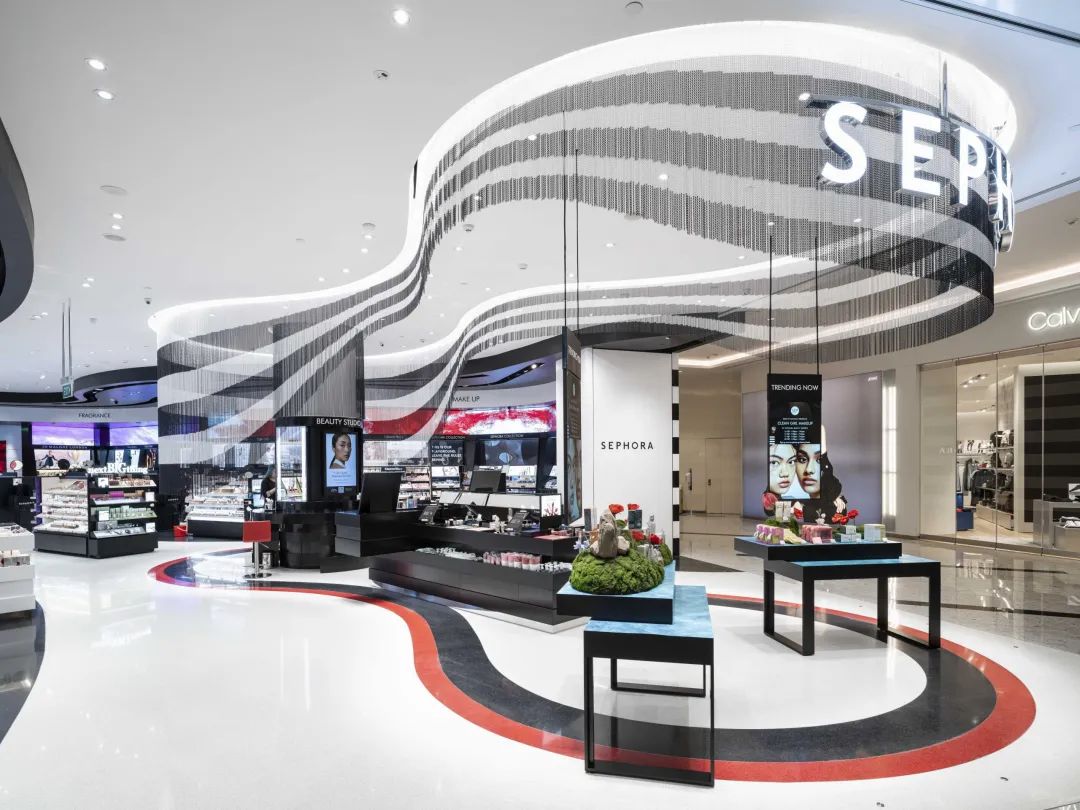
# Africa's growing influence
From designers such as Cape Town's Lukhanyo Mdingi winning the 2023 Amiri Prize, to the Lagos Space Programme winning the prestigious Wool Logo Award last May, the focus last year has been on brands both inside and outside the continent as they win international recognition.
The African continent holds great potential for domestic and international luxury brands, especially as African consumer demand increases and the region's high-spending consumers multiply. However, challenges remain, including socio-economic uncertainty, weak infrastructure, lack of investment and limited education and training systems.

In May last year, Thompson Adeju was awarded the International Wool Flag Award for the Lagos Space Program. Photograph: Julien M. Hekimian/Getty Images for The Woolmark
Major government agencies are recognizing the potential impact of African fashion on the industry's global ecosystem. The growing interest in the African market prompted UNESCO to publish its first report in October last year, revealing the challenges and opportunities facing the African fashion industry. This is a study that many creatives and organizations in the region have long needed. UNESCO said it plans to continue the research, and by 2025 the government organization hopes to publish more detailed information on how to make the African fashion system prosper.
Audrey Azoulay, Director-General of UNESCO, said: “African fashion is indeed taking off, and this report shows that it can be further developed. The potential here is huge, not only for the economy, but also for the inclusion of young people, the empowerment of women and the global resonance of African culture.”
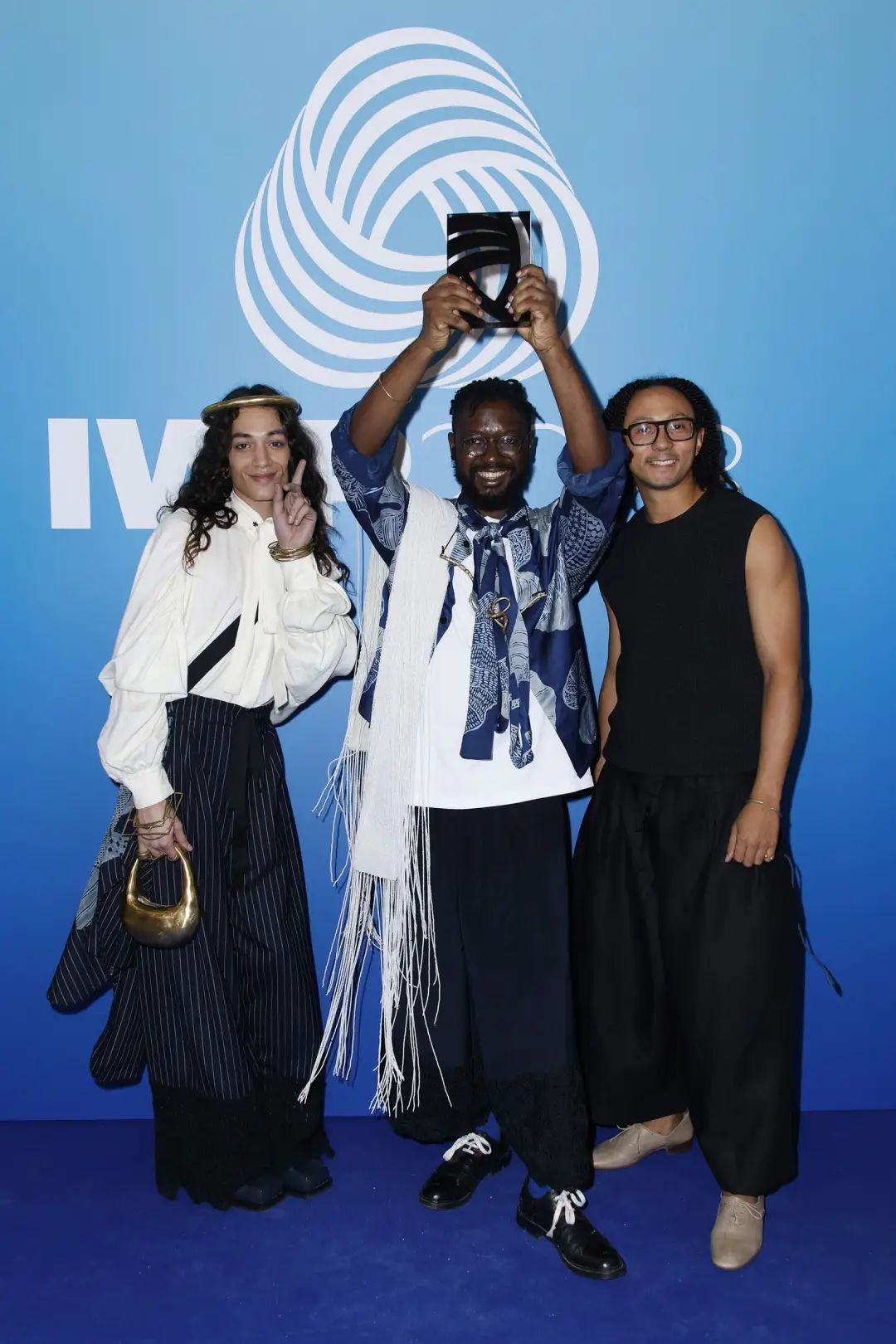
Orange Culture SS24 photo source: Orange Culture SS24
Despite the socio-economic headwinds, Lagos Fashion Week returned again last October, and on a much larger scale. Designers large and small have flocked to the Nigerian city to showcase their spring/summer 2024 collections. This season has an air of pan-Africanism: designers from Kenya to Ivory Coast travel to Lagos to make their fashion week debuts and cash in on the lively event to build brand awareness.
“Attending Lagos Fashion Week is a rite of passage,” Ria Ana Sejpal, founder of Kenya's Sustainable Brands Lilabare, tells us backstage. “This is the fashion capital of Africa.”
In Paris, 10 designers from Ghana, Nigeria, Colombia, Côte d'Ivoire, New York and London also presented their collections in the first exhibition hall of The Folklore Connect last September. It's a way for designers to connect with potential buyers during the industry's biggest fashion week without the logistical or financial burden of an independent fashion show.
From african rhythms to apiano, the continent's music is gaining global popularity, and african fashion brands are profiting from this international attention. African designers (and those in the diaspora) are forging partnerships with some of the continent's biggest music stars.
Brands like Burberry are keen to work with brands like Burna Boy to build cultural relevance. Other names such as Daily Paper have collaborated with emerging and well-known musicians such as Wizkid and Burna Boy. Last December, Nigerian streetwear brand Ashluxe partnered with Fela Kuti Estate to launch a capsule collection inspired by influential Afrobeat and highlife (West African music genre) musicians.
(Source: Vogue Business)
